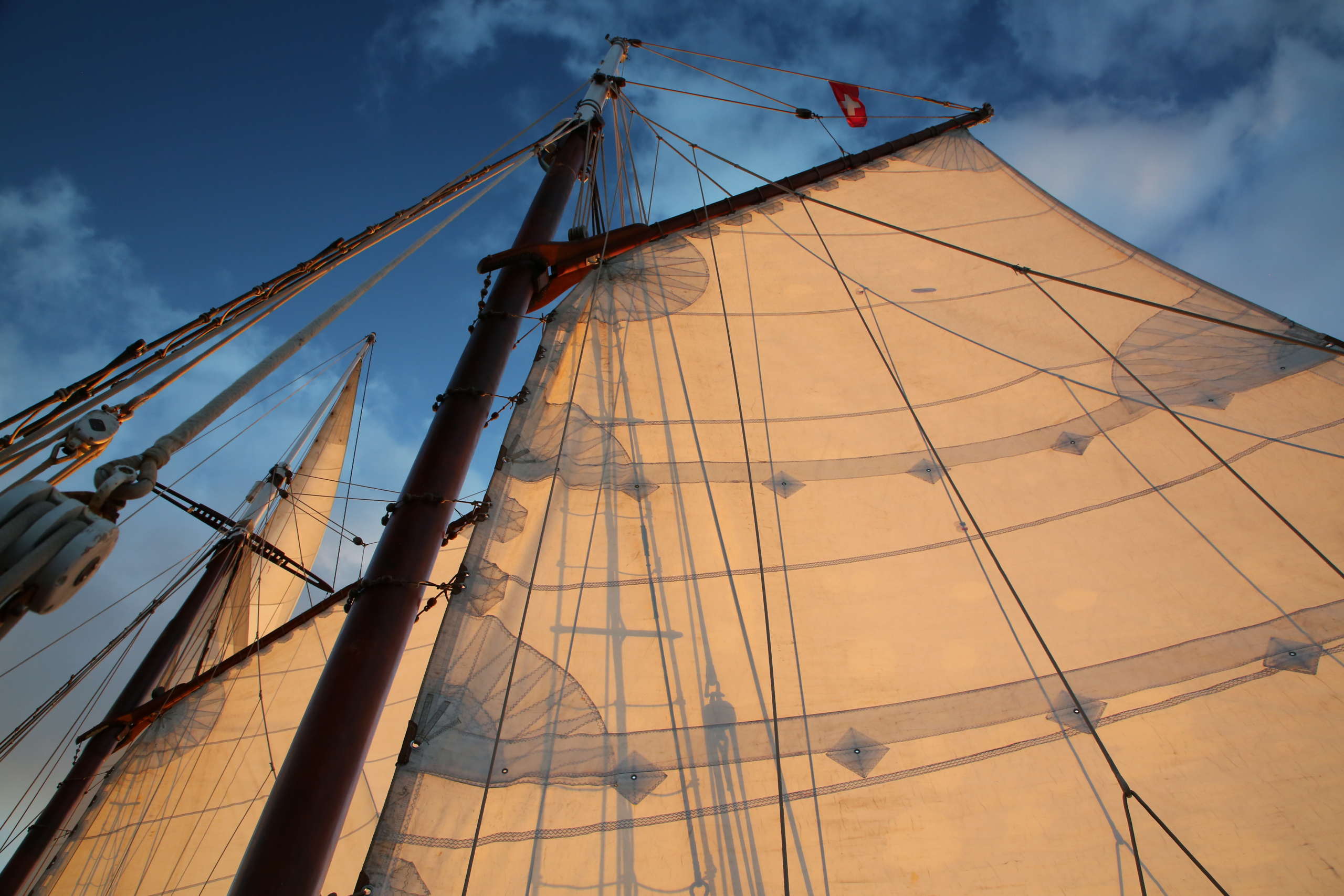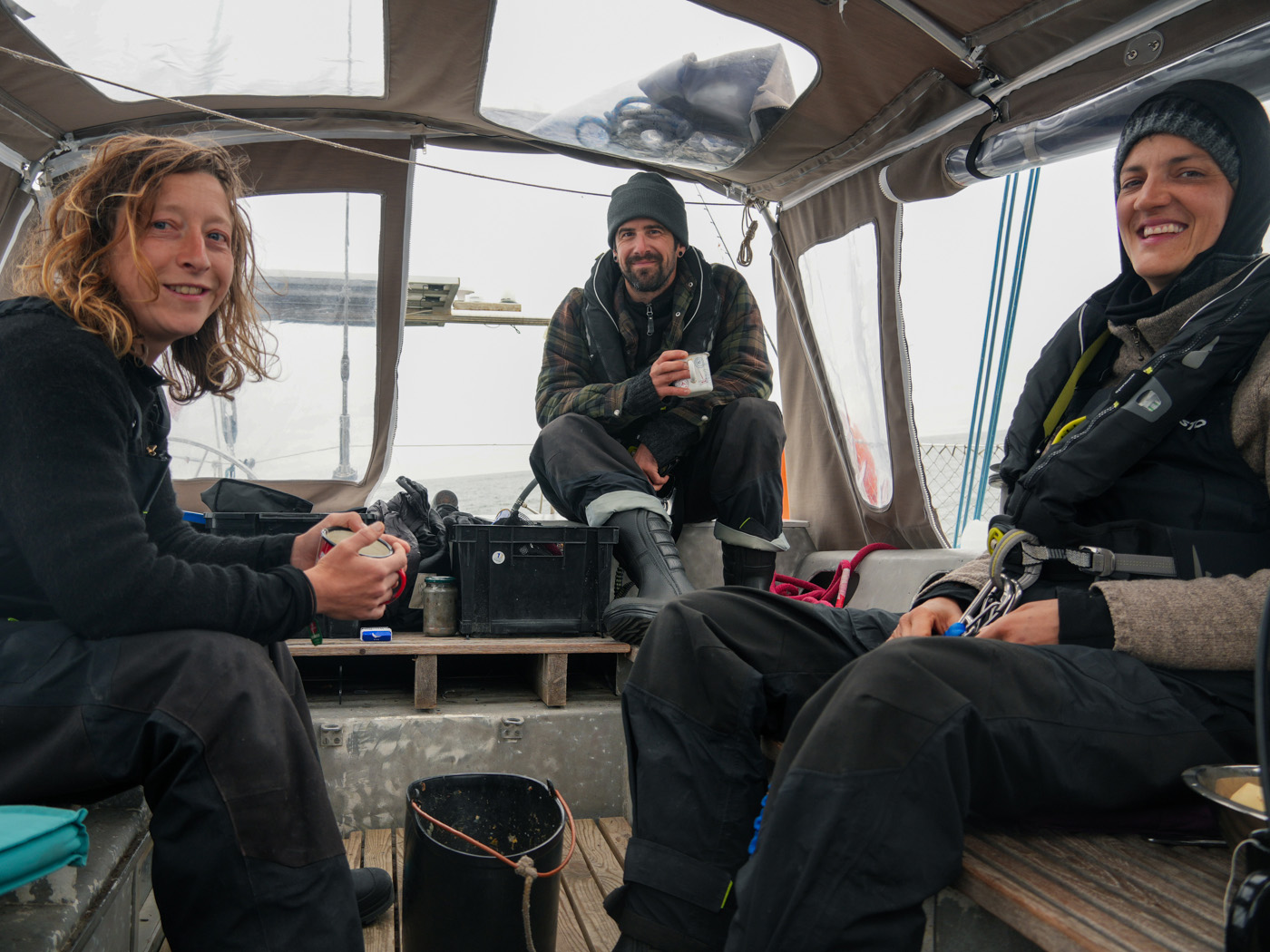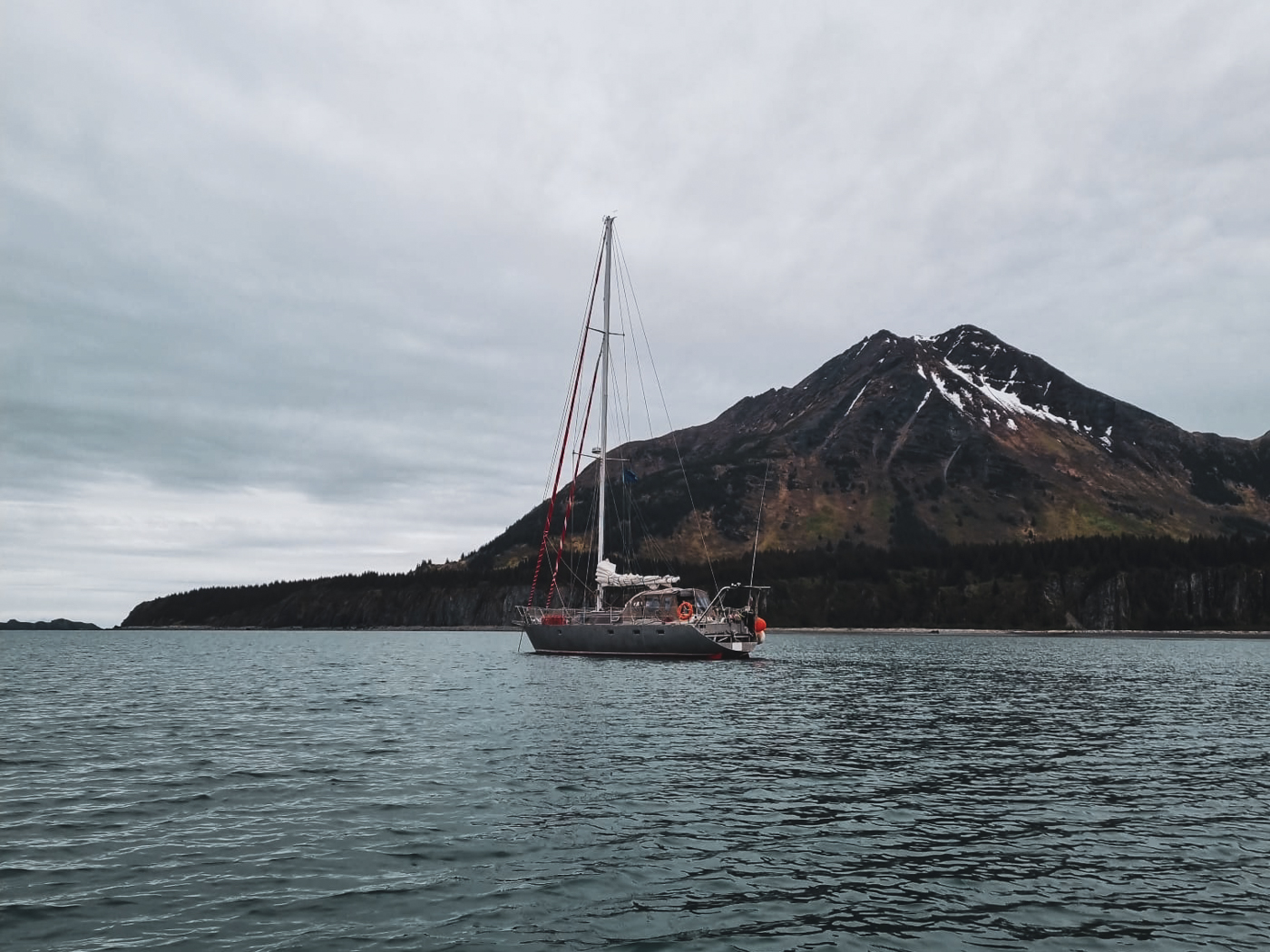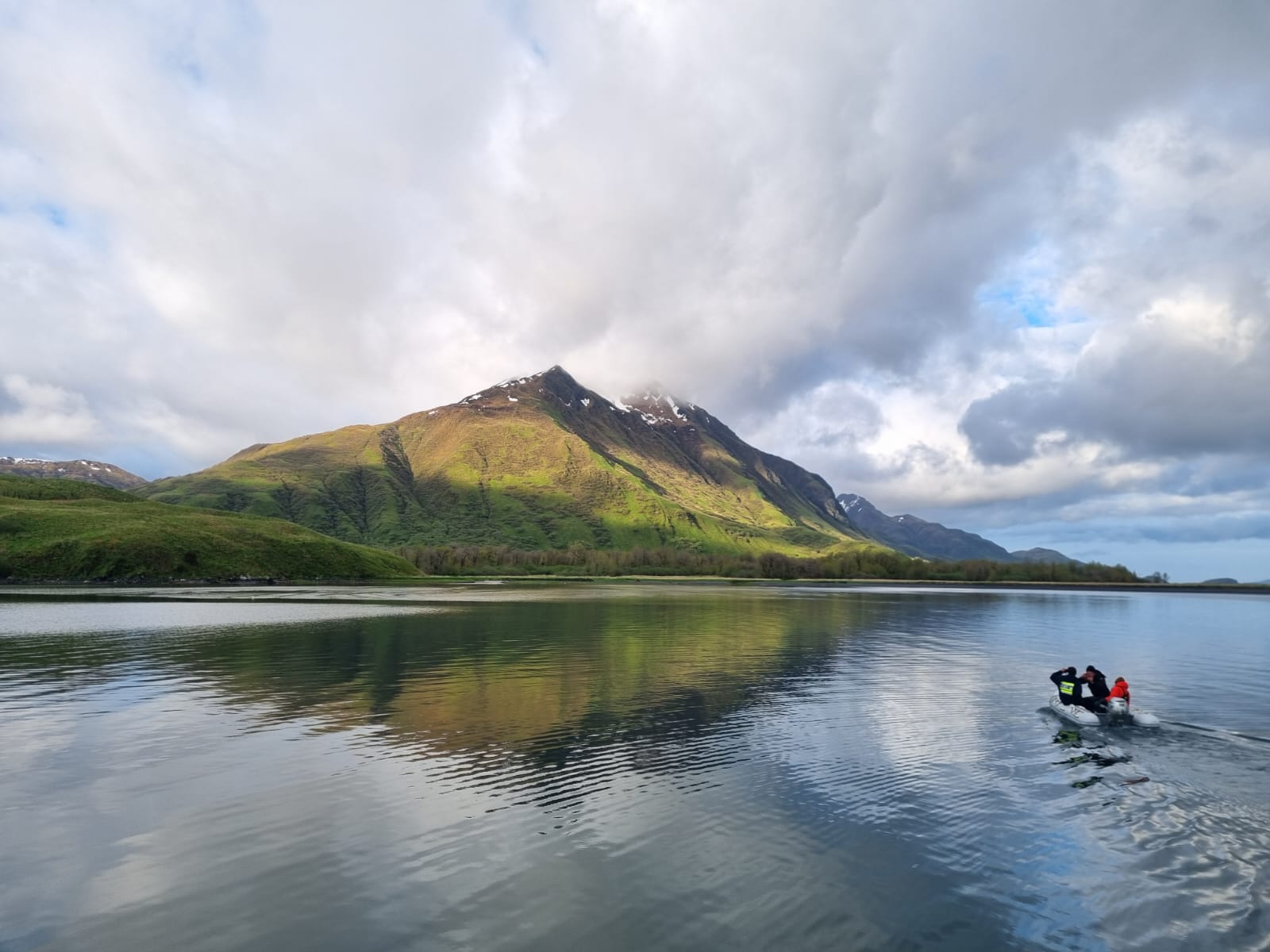by Caroline Guenat & Leila Hottinger
Under the supervision of Prof. Daniel F. McGinnis and PhD. César Ordóñez
Background – Global warming and greenhouse gas emissions
The Arctic is a region that is very sensitive to global warming. In recent decades, the increased rise in global temperatures has had many consequences, especially in the Arctic. Melting ice and snow reveal land and water, which decreases albedo and exacerbates warming. This phenomenon is known as Arctic amplification. This is a feedback that accentuates and accelerates the initial global warming in these regions but also impacts the rest of the world. Indeed, the Arctic may be an outlying region, but it influences the entire globe via atmospheric and oceanic circulation. Studying the Arctic is therefore necessary to monitor and predict future changes related to global warming.
Greenhouse gas (GHG) emissions are at the root of current climate disruptions. The Arctic plays a crucial role in the global cycle of the main carbon-based gases, methane (CH4) and carbon dioxide (CO2). The study carried out here aims to measure and quantify the fluxes of CO2 and CH4, as well as the distribution of their stable isotopes of carbon (δ13C), between the Arctic Ocean and the atmosphere. It is known that high-latitude seas are important CO2 sinks. Thanks to these particular physico-chemical properties, the Arctic Ocean has stored about 30% of anthropogenic CO2 emissions in the1800s. In contrast, the Arctic is, to a lesser extent, a source of methane with a warming potential ~85 times greater than CO2 (over a 20-yr timescale; IPCC, 2022). GHG fluxes are, and will be, impacted by current environmental changes. It is crucial to determine whether the Arctic’s role in mitigating global warming will be compromised. This study will improve our understanding of the contribution of the polar regions to global climate change.
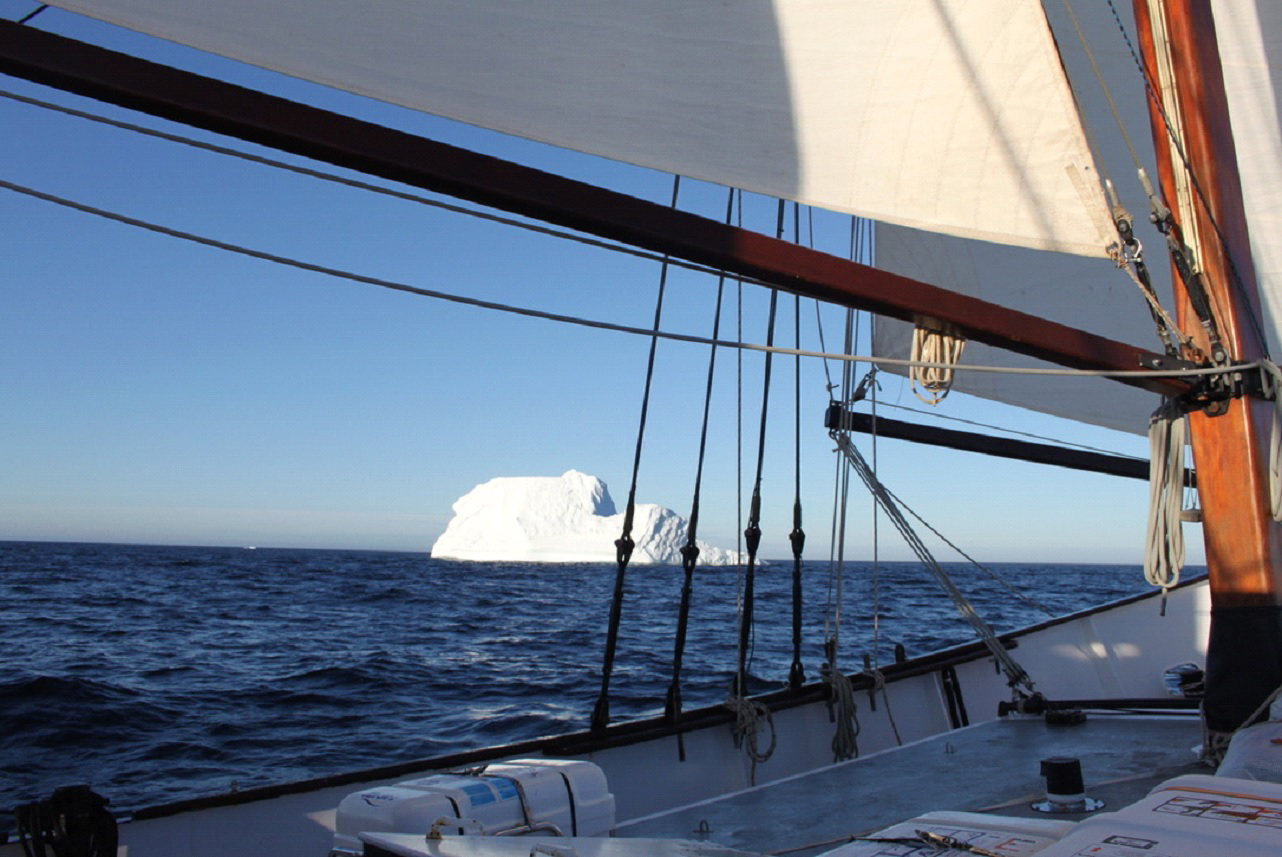
View of an iceberg from the Mauritius
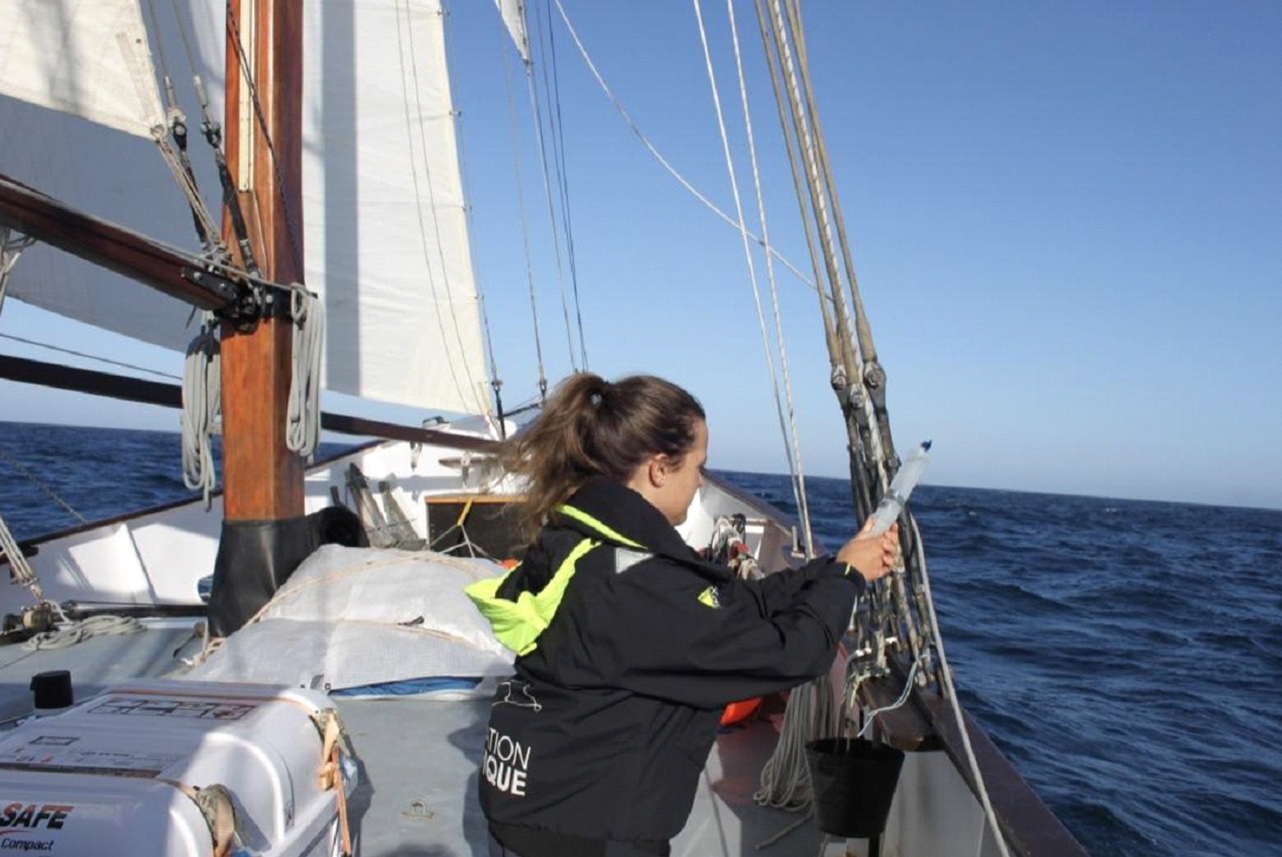
On-board sampling by Leila Hottinger
Sampling onboard Mauritius
Due to its harsh and remote environment, the Arctic has been relatively little explored by scientists. In order to carry out our study, sampling and measurements were carried out aboard the Mauritius, a sailboat of Pacifique. Sailboats have many advantages for this type of expedition, as they allow research to be carried out in various areas, whether they are not very profuse, near the coast, in fjords or on the high seas. In addition, Mauritius is a clean scientific platform, which releases little greenhouse gases which is an important detail given the subject of our study.
Nevertheless, being on a sailboat also poses some constraints; the equipment used must be light, robust and easily transportable and some work had to be done on the Mauritius to facilitate the installation of the instruments.
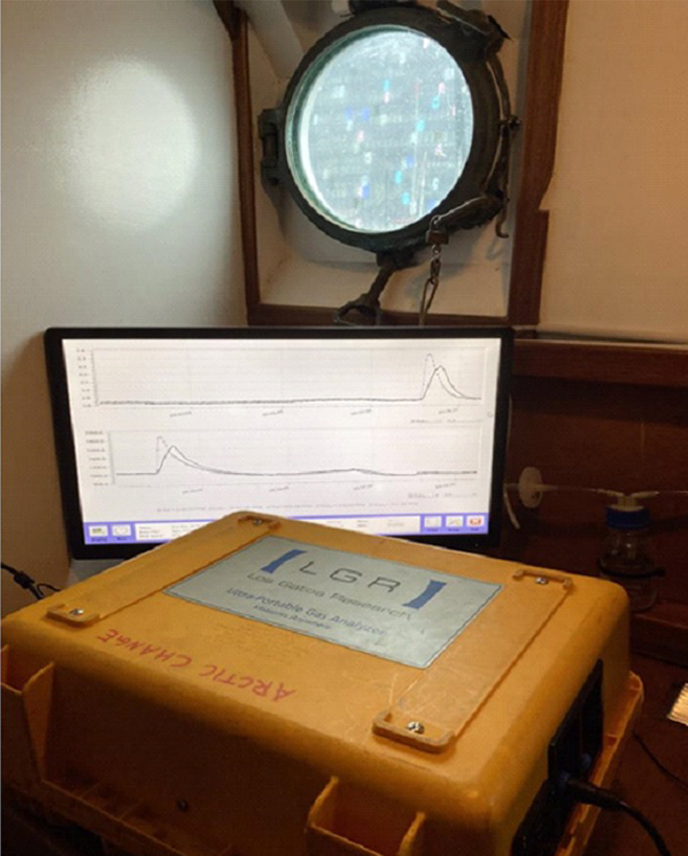
The “yellowbrick”, the instrument that measures GHGs from the mast
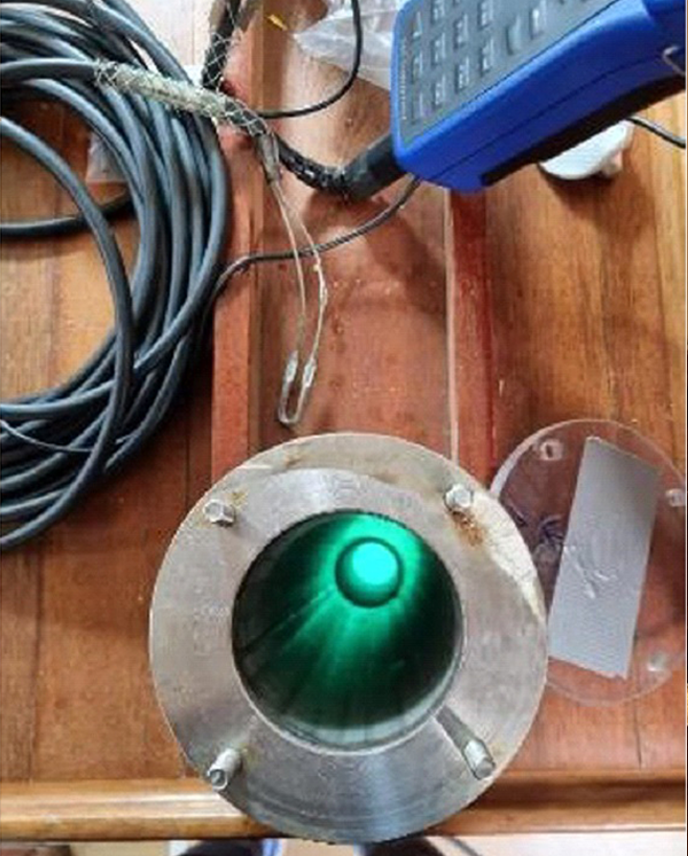
Hole in shell for CTD probe
Example of instruments onboard the Mauritius. On the left, the yellow suitcase is connected to a sensor positioned at the top of the mast and continuously measures the atmospheric concentration of CO2 and CH4 (LGR Ultraportable gas analyzer). On the right, a hole was made in the hull of the boat to insert a multiprobe that continuously records environmental parameters such as water temperature, dissolved oxygen level, conductivity etc (YSI EXO2 probe).
Data were collected for five months on board the Mauritius, from June to early November 2021, between Iceland and northwest Greenland. In mid-summer, Mauritius stayed more than a month in the long fjord of Nuuk, which made it possible to collect data in a singular environment. A total of 388 samples were taken and subsequently analysed in a laboratory at the University of Geneva.
This study confirmed that the ocean near Iceland and Greenland is an important sink of CO2 and a source of CH4. The coastal areas and the Nuuk fjord contribute significantly to GHG fluxes. These environments require special monitoring because of their high vulnerability to climate change.
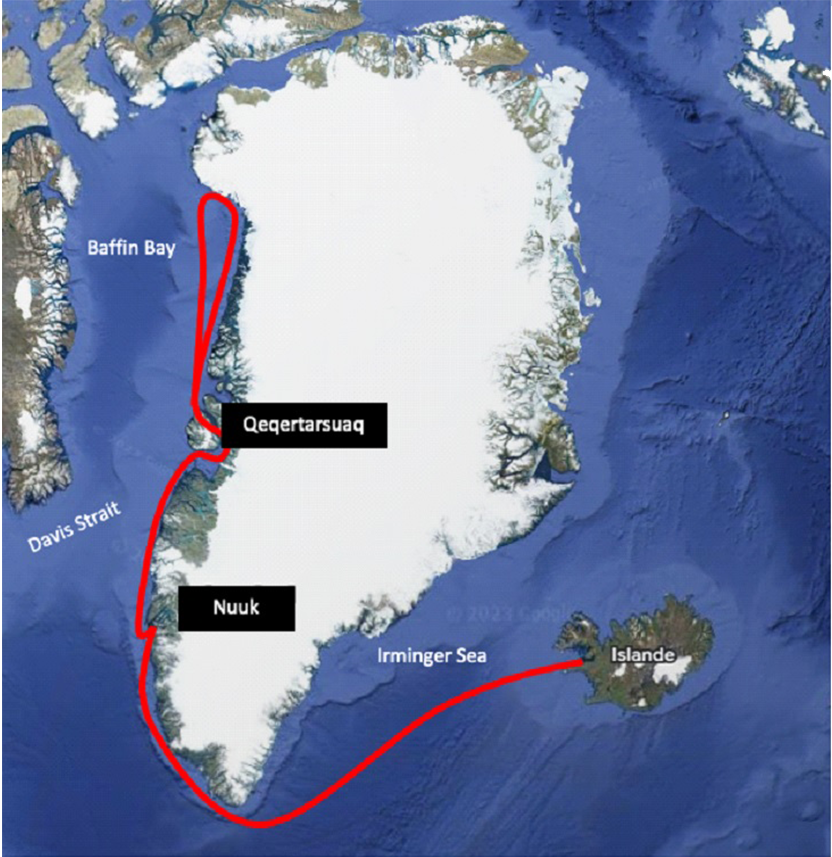
Map of samples taken in 2021 aboard Mauritius
Photos : Caroline Guenat & Leila Hottinger


